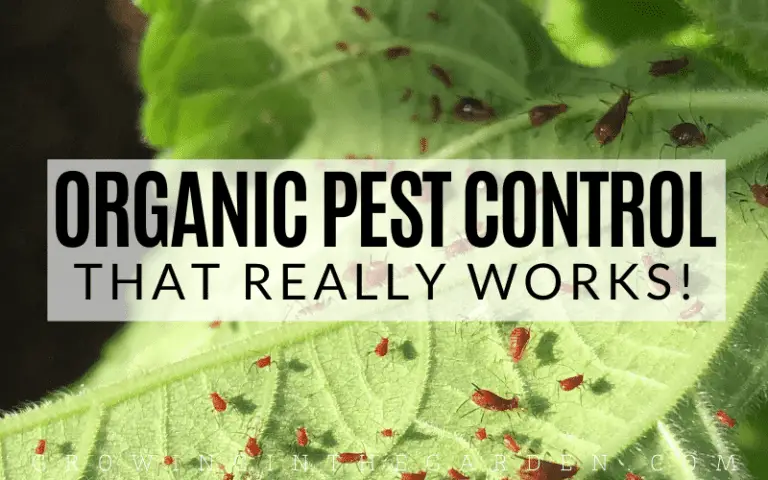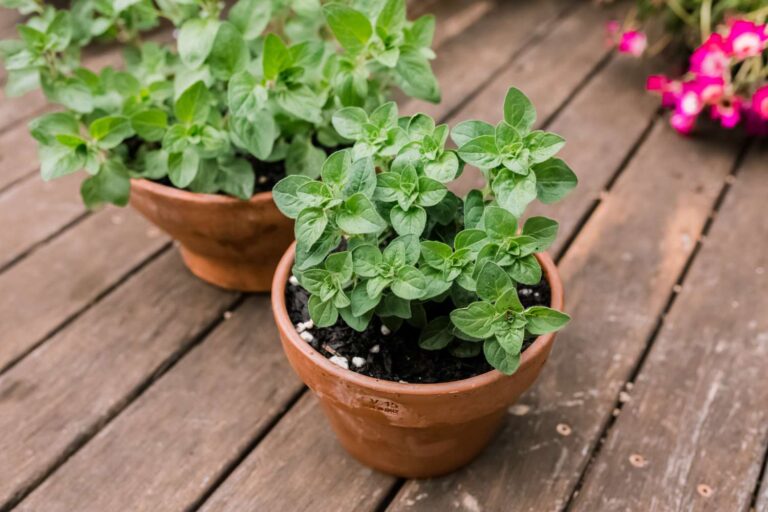Deadly Flora: 10 Plants with Lethal Potential
Table of Contents: Deadly Flora
The Notorious Oleander Plant: Deadly Flora
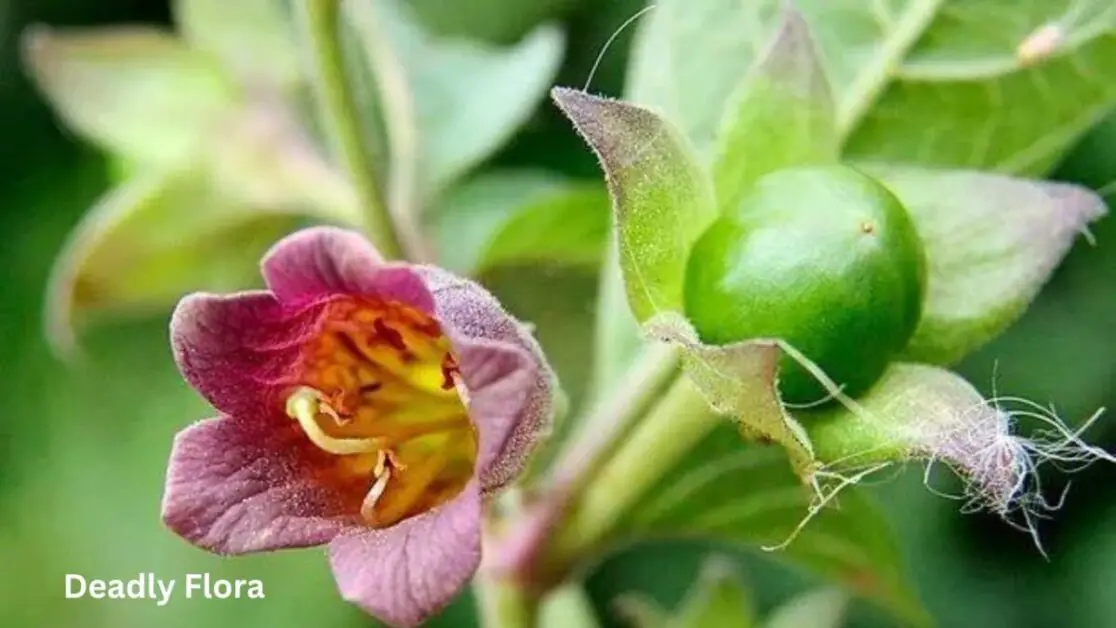
Deadly Flora: Oleander, scientifically known as Nerium oleander, is a captivating yet perilous plant that graces many gardens with its vibrant blooms. Despite its alluring appearance, every part of the oleander plant is highly toxic if ingested. The leaves, flowers, and even the nectar contain cardiac glycosides that can cause severe illness or even prove fatal to humans and animals.
Native to regions like the Mediterranean and Asia, oleander has been used for its beauty in landscaping, but its toxicity demands caution when cultivating or handling it. The plant’s toxicity is such that even smoke from burning its branches can cause respiratory issues. Oleander serves as a reminder that beauty in nature sometimes conceals hidden dangers, emphasizing the importance of understanding the potentially harmful properties of seemingly harmless plants in our surroundings.
The Deadly Flora named Nightshade
The Deadly Nightshade, scientifically known as Atropa belladonna, is a highly toxic plant that has been infamous throughout history for its deadly properties. Its glossy black berries may appear enticing, but consuming even a small quantity can lead to severe poisoning and potential fatality. The plant contains tropane alkaloids, such as atropine and scopolamine, which can cause symptoms like hallucinations, rapid heartbeat, blurred vision, and paralysis.
Ingesting any part of the Deadly Nightshade plant, including its leaves, berries, or roots, can have serious consequences. This plant has been historically associated with dark folklore and superstitions due to its toxicity. It is crucial for individuals to exercise extreme caution and avoid any direct contact or ingestion of this plant to prevent accidental poisoning incidents.
The Toxic Monkshood which is a Deadly Flora
Monkshood, scientifically known as Aconitum, is a highly toxic plant that contains potent alkaloids, primarily aconitine, which can induce nausea, vomiting, and paralysis in severe cases. This perennial herb is characterized by its hooded, helmet-shaped flowers that vary in color from purple to blue. The distinct shape of its petals has also earned it the common name “devil’s helmet.” Despite its alluring appearance, this plant poses a serious threat, especially if ingested or handled without caution.
The toxicity of monkshood is well-documented in both humans and animals, with even small amounts of its leaves, flowers, or roots being potentially lethal. Symptoms of poisoning can manifest rapidly, affecting the cardiovascular and nervous systems. Due to these dangers, it is crucial for gardeners to exercise vigilance and proper precautions when dealing with monkshood plants, including wearing gloves and washing hands thoroughly after any contact.
The Deadly Flora of Datura Plant
Native to various regions in the Americas, the Datura plant is infamous for its toxic and potentially lethal properties. The plant’s alluring trumpet-shaped flowers give it an appealing appearance, but its seeds, leaves, and flowers contain potent alkaloids like atropine, hyoscyamine, and scopolamine, which can cause hallucinations, confusion, increased heart rate, and even paralysis if ingested in significant amounts.
Ingesting any part of the Datura plant can lead to severe poisoning with symptoms ranging from dilated pupils and dry mouth to seizures and respiratory failure. The hallucinogenic effects of Datura have also been exploited for centuries in religious and shamanic rituals, but the plant’s toxicity makes it extremely dangerous and potentially deadly if not handled with caution and expertise.
Beware of the Castor Bean Plant Deadly Flora
The castor bean plant, scientifically known as Ricinus communis, is a highly toxic plant that contains ricin, a deadly compound that can be fatal if ingested in even small amounts. Ricin is a potent poison that affects the body’s cells, leading to severe symptoms such as gastrointestinal issues, organ damage, and even death. It is imperative to exercise extreme caution when handling this plant, especially for individuals with pets or curious children around.
The castor bean plant is native to Africa and thrives in tropical climates, but it is also commonly grown in ornamental gardens worldwide for its attractive foliage and striking appearance. Despite its aesthetic appeal, it is crucial to remember that all parts of the plant, including the seeds and leaves, are toxic and should never be consumed. Proper education and awareness about the dangers of the castor bean plant are essential in preventing accidental poisonings and ensuring the safety of both humans and animals.
The Lethal Foxglove As Deadly Flora Plant
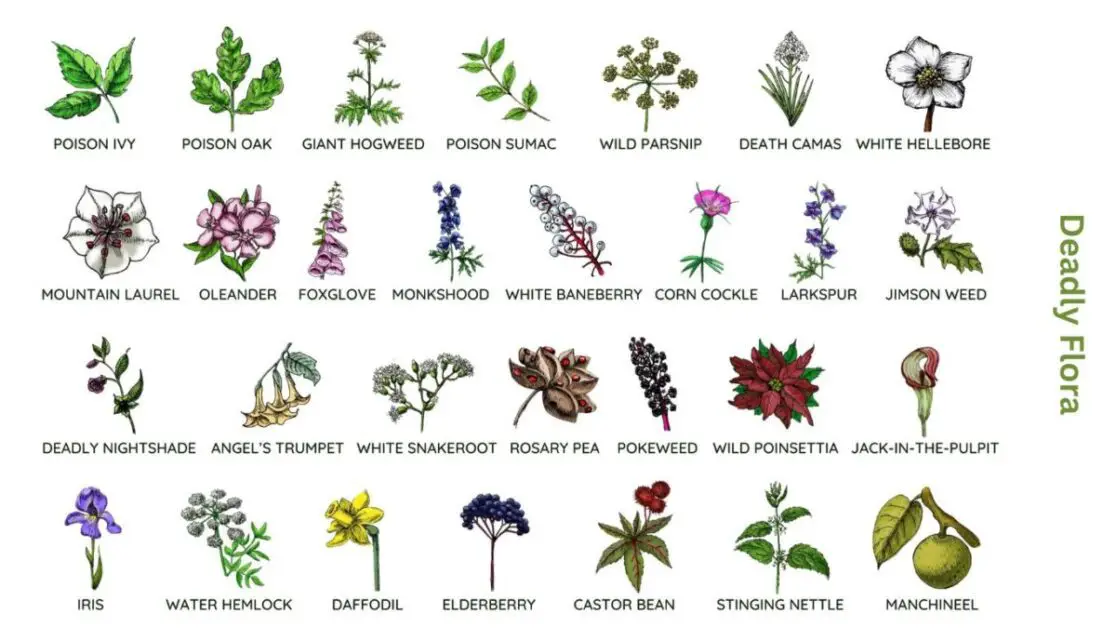
Foxglove, scientifically known as Digitalis purpurea, is a stunning yet perilous plant that contains toxic compounds known as cardiac glycosides. These substances can cause a range of severe symptoms if ingested, including nausea, vomiting, diarrhea, and even potentially fatal heart arrhythmias. Gardeners and plant enthusiasts should exercise caution when handling foxglove, as its alluring appearance can be deceiving, hiding the danger it poses if not treated with respect and care.
The toxic components of foxglove, such as digitoxin and digoxin, have been used in medical settings to treat certain heart conditions due to their effects on regulating heart rhythm. However, the dosage and administration of these compounds are highly controlled in clinical settings to prevent toxicity. Ingesting any part of the foxglove plant can lead to dire consequences, making it imperative to be aware of its toxic nature and take necessary precautions to avoid accidental poisoning.
The Deadly Flora on Water Hemlock
Water hemlock, known scientifically as Cicuta maculata, is deemed one of the most poisonous plants in North America. This herbaceous perennial plant, commonly found in wet habitats like marshes and stream banks, contains a highly toxic compound called cicutoxin. Ingesting any part of the water hemlock can result in severe symptoms such as violent seizures, abdominal pain, nausea, and ultimately death. It is crucial for gardeners and outdoor enthusiasts to educate themselves on the distinct characteristics of this plant to avoid accidental poisoning.
The distinctive features of water hemlock include clusters of small white flowers, alternating compound leaves, and a hollow, ridged stem. Despite its innocuous appearance, this plant harbors a deadly secret that can have fatal consequences if consumed. Due to its high toxicity levels and the absence of an antidote, immediate medical attention is imperative in case of ingestion. Understanding the dangers associated with the water hemlock plant is key to ensuring the safety of individuals who may come into contact with it in natural settings.
The Dangerous Angel’s Trumpet Plant
Angel’s Trumpet plant, scientifically known as Brugmansia, is a fascinating yet perilous plant that captivates with its ornamental appearance but hides deadly secrets within its blooms and leaves. This plant contains potent tropane alkaloids, such as scopolamine and atropine, which can have severe toxic effects if ingested or even upon skin contact. The hallucinogenic properties of Angel’s Trumpet are notorious, leading to dangerous symptoms like confusion, agitation, delirium, and even coma in some cases. It’s crucial to handle this plant with extreme caution and keep it out of reach of children and pets due to the significant risks it poses.
Furthermore, the lethal nature of Angel’s Trumpet extends beyond its toxic properties. Its enticing fragrance and trumpet-shaped flowers may lure unsuspecting individuals, making it crucial to educate oneself and others about the potential dangers associated with this plant. Due to its toxicity, Angel’s Trumpet is not recommended for home cultivation without adequate knowledge and precautions in place. Understanding the risks involved and taking appropriate safety measures are essential when dealing with this alluring yet perilous botanical specimen.
Beware of the Deadly Flora of Yew Plant
The Deadly Yew Plant, scientifically known as Taxus, poses a significant danger due to the presence of taxine alkaloids in its leaves and seeds. Despite its lush appearance and common use as an ornamental shrub, every part of the yew plant is highly toxic if ingested. The yew plant’s toxicity can be lethal to humans, pets, and livestock, causing symptoms such as dizziness, abdominal pain, difficulty breathing, and in severe cases, cardiac arrest. It is crucial to exercise caution and ensure that the deadly yew plant is not mistakenly consumed or handled without proper protection.
The toxicity of the deadly yew plant serves as a stark reminder of the importance of plant identification and awareness in gardening and landscaping practices. While the yew plant’s bright red berries may be appealing, especially to children, they are incredibly poisonous and should never be ingested. The risk of accidental poisoning highlights the need for clear labeling and education on the potential hazards of certain plants like the deadly yew. Gardening enthusiasts and landscapers must be vigilant and take necessary precautions to prevent any harmful encounters with toxic vegetation, ensuring the health and safety of both humans and animals in their surroundings.
The Poisonous Jimsonweed Plant
Jimsonweed, scientifically known as *Datura stramonium*, is a highly toxic plant that poses significant risks to both humans and animals. This flowering plant contains dangerous tropane alkaloids, such as scopolamine and atropine, which can cause hallucinations, erratic behavior, blurred vision, and even death if ingested in large quantities. The Jimsonweed plant is easily identifiable by its trumpet-shaped white or purple flowers and spiky seed pods.
Gardening enthusiasts should handle Jimsonweed with extreme caution due to its potent toxicity. The plant’s effects can be severe, leading to symptoms like rapid heart rate, dry mouth, fever, and seizures. Ingestion of any part of the Jimsonweed plant, including leaves, seeds, or flowers, can result in poisoning, making it essential to recognize and avoid this hazardous plant in garden settings.
The Deadly Flora Toxic Autumn Crocus
Autumn Crocus, scientifically known as Colchicum autumnale, is a deceptive beauty hiding a deadly secret within its elegant purple and white petals. Despite its charming appearance, this plant harbors toxic alkaloids, namely colchicine and its derivatives, that pose a serious health hazard when ingested. The toxicity of Autumn Crocus affects both humans and animals, causing symptoms like gastrointestinal distress, organ damage, and even death in severe cases. Therefore, it is crucial to exercise caution and prevent accidental exposure to this poisonous plant.
Being a member of the Colchicaceae family, Autumn Crocus is a bulbous perennial commonly found in woodlands, meadows, and gardens across Europe and parts of Asia. This plant’s toxicity has long been recognized throughout history, with instances of poisoning recorded dating back to ancient times. Despite its perilous nature, Autumn Crocus has been utilized in traditional medicine for its potential anti-inflammatory and analgesic properties, albeit under strict supervision due to its hazardous effects. Understanding the risks associated with the Toxic Autumn Crocus is essential for ensuring the safety of both humans and animals in gardening and landscaping environments.
The Deadly Flora White Snakeroot
White Snakeroot, scientifically known as Ageratina altissima, is a highly poisonous plant that contains a toxin called tremetol. This perennial herbaceous plant is native to North America and is often found in wooded areas, pastures, and along roadsides. The toxins within White Snakeroot can be transferred to humans through the consumption of meat or dairy products from animals that have grazed on the plant. Symptoms of White Snakeroot poisoning in humans include vomiting, abdominal pain, weakness, tremors, and even death in severe cases. It is crucial to be cautious and aware of the presence of this toxic plant, especially in areas where livestock may come into contact with it.
In the past, White Snakeroot poisoning, also known as milk sickness, was responsible for numerous deaths in the United States, notably during the 19th century. Historical records indicate that Abraham Lincoln’s mother, Nancy Hanks Lincoln, may have fallen victim to milk sickness after consuming contaminated dairy products. As such, the cultivation of White Snakeroot in areas where livestock graze is a matter of concern for both human and animal health. Proper identification and removal of this dangerous plant from grazing pastures are essential to prevent accidental poisoning and protect the well-being of both animals and humans alike.
Beware of the Lethal Rosary Pea Plant
The Rosary Pea Plant, scientifically known as Abrus precatorius, may appear innocuous with its small red seeds embellished with black spots, resembling a beautiful rosary bead. However, concealed within this alluring facade lies a lethal threat. The seeds of the Rosary Pea Plant contain a potent toxin called abrin, making them highly poisonous to humans if ingested.
Even in minuscule amounts, abrin can wreak havoc on the body, disrupting vital cellular processes and leading to severe symptoms like nausea, vomiting, diarrhea, organ failure, and even death. What makes the Rosary Pea Plant particularly dangerous is that its seeds retain their toxicity even after drying, making accidental poisoning a significant concern. Hence, it is essential to exercise utmost caution and keep this deadly plant far away from curious hands and mouths.
The Poisonous Death Camas Plant
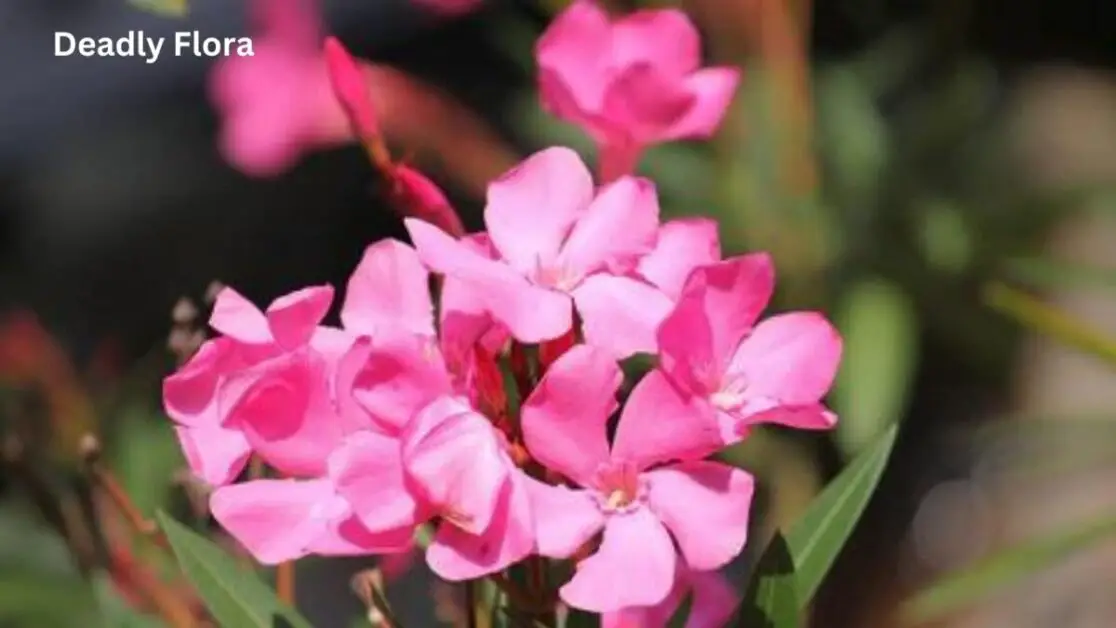
The Death Camas plant, scientifically known as Toxicoscordion venenosum, is a highly poisonous plant belonging to the Melanthiaceae family. This perennial herbaceous plant is native to North America and is often found in meadows, grasslands, and open woodland areas. The Death Camas plant contains toxic alkaloids, including zygadenine, which can be lethal if ingested by humans or animals. The plant’s bulb is the most toxic part, resembling an onion bulb, making it a serious threat if mistaken for a wild edible.
Symptoms of Death Camas poisoning include nausea, vomiting, abdominal pain, confusion, seizures, and even death in severe cases. It is crucial to avoid any contact or consumption of this plant to prevent poisoning incidents. Despite its toxic nature, the Death Camas plant is often mistaken for edible species like wild onions or garlic due to its bulb’s appearance. Proper identification and avoidance of this plant are essential for ensuring safety in natural environments where it grows.
here’s a table highlighting 10 plants with lethal potential:
| Plant Name | Scientific Name | Toxic Parts | Toxicity Level | Region |
|---|---|---|---|---|
| Oleander | Nerium oleander | All parts | Highly toxic | Native to Asia, Europe, and Africa; widely cultivated globally |
| Castor Bean | Ricinus communis | Seeds | Highly toxic | Native to Africa and India; cultivated worldwide |
| Foxglove | Digitalis purpurea | Leaves, seeds | Highly toxic | Native to Europe; cultivated worldwide |
| Deadly Nightshade | Atropa belladonna | Berries, leaves | Highly toxic | Native to Europe, North Africa, and Western Asia |
| Rosary Pea | Abrus precatorius | Seeds | Highly toxic | Native to tropical regions; widespread |
| Angel’s Trumpet | Brugmansia spp. | All parts | Highly toxic | Native to South America; cultivated worldwide |
| Water Hemlock | Cicuta spp. | All parts, esp. roots | Highly toxic | Native to North America; found in wet areas |
| White Snakeroot | Ageratina altissima | All parts | Moderately toxic | Native to North America; common in eastern US |
| English Yew | Taxus baccata | Seeds, needles | Highly toxic | Native to Europe; widely cultivated globally |
| Manchineel | Hippomane mancinella | All parts | Highly toxic | Native to Florida, the Caribbean, and Central America |
Please note that while these plants are considered highly toxic, their toxicity levels can vary, and ingestion of any plant material should be avoided unless positively identified as safe. Additionally, some of these plants may have medicinal or other uses when properly prepared and administered, but this should only be done under the guidance of experts.
Deadly Flora: The Dangerous Wolfsbane Plant
Wolfsbane, scientifically known as Aconitum, is a striking perennial plant known for its vibrant blue or purple flowers. However, beneath its beauty lies a hidden danger that has earned it the reputation of being one of the most poisonous plants in the world. The plant contains a potent toxin called aconitine, which affects the nervous system and can be fatal if ingested or even handled improperly. The high toxicity levels of Wolfsbane have led to its historical use as a poison and in some cases as a weapon, making it a plant that demands caution and respect in any garden or natural setting where it may grow.
Due to the severity of its toxicity, it is crucial for gardeners and plant enthusiasts to be well-informed about the risks associated with Wolfsbane and to exercise extreme caution when handling or growing this plant. Even accidental contact with its leaves or flowers can lead to symptoms such as numbness, tingling, and cardiac irregularities, highlighting the importance of recognizing and avoiding this potent plant. While its alluring appearance may tempt curious minds, the potential dangers of Wolfsbane serve as a stark reminder of nature’s delicate balance between beauty and danger.
What are the symptoms of wolfsbane poisoning or Deadly Flora?
Symptoms of wolfsbane poisoning may include nausea, vomiting, dizziness, numbness, and even paralysis. In severe cases, it can be fatal.
How can one identify the wolfsbane plant or Deadly Flora?
Wolfsbane, also known as Aconitum, has distinctive blue or purple flowers and deeply lobed leaves. It is important to avoid handling this plant without proper protection.
Is wolfsbane commonly found in gardens or natural settings?
Wolfsbane is not typically found in gardens, as it is known for its toxic properties. It is more commonly found in mountainous regions and damp woodlands.
Can Deadly Flora be used for any medicinal purposes?
While wolfsbane has historically been used in traditional medicine for certain ailments, its toxic nature makes it dangerous to consume without proper preparation and dosage. It is not recommended for medicinal use.
How should one handle wolfsbane if it is found growing in their yard?
If wolfsbane is found growing in your yard, it is best to wear gloves and protective clothing when handling the plant. Exercise caution and consider removing it to prevent accidental poisoning.



